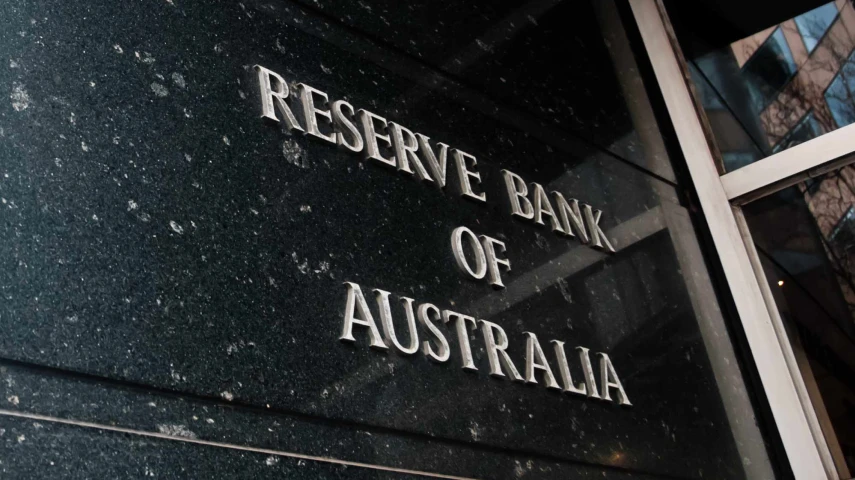RBA announces rate decision amid economic challenges



The central bank has announced its latest rate decision amid stubborn inflation and increasing geopolitical tension.
The Reserve Bank (RBA) has left the cash rate unchanged at 4.35 per cent but acknowledged that it can’t rule anything “in or out” in light of recent strong inflation data.
The bank’s decision did not surprise economists, with most predicting the bank would hold.
Ahead of this month’s rate announcement, the money market was pricing in no change on Tuesday but reflected a 40 per cent probability of a rate hike by September.
Similar to the market trends, since the RBA’s last meeting in March, economists have become more cautious and have adjusted their forecasts to align with their reservations.
The usually conservative Paul Bloxham predicted that the change in circumstances would prompt the RBA to consider a rate hike in May.
“We see the upside surprises to inflation and the jobs market as likely to mean that, as was the case at the February meeting, but not in March, the board will be presented with options of holding steady or lifting the cash rate by 25 bp,” the HSBC’s chief economist said.
Bloxham, however, maintained his central case, that the RBA will be on hold through 2024, with a shallow cutting phase starting in Q1 2025 with a total of 60 bps of cuts throughout the year.
“That said, we see a 40 per cent chance that the RBA could raise its cash rate again in H2 2024 and a risk that the cash rate is on hold for longer than our central case, partly depending on actions by the US Fed,” Bloxham said.
For Scott Solomon, co-portfolio manager of the T. Rowe Price Dynamic Global Bond Strategy, evidence pointed to the RBA’s policy settings not being restrictive enough to quickly return inflation to target. But whether or not the central bank is forced to hike again, he said, “remains to be seen”.
“The market is now pricing at least the possibility of another hike – the only major market outside of Japan where this is the case. This is partly driven by a prior reluctance to hike as much as the other central banks – thus in a way, there’s a bit of catch-up,” Solomon said.
Well known for his optimism, AMP’s chief economist Shane Oliver said despite talk of a resumption of rate hikes, “our view remains that the RBA will leave rates on hold on Tuesday ahead of a delayed start to cuts latter this year”.
Oliver previously predicted the rate cut cycle to begin in June but ahead of Tuesday said the RBA would return to a tightening bias, albeit a mild one.
More to come.
Recommended for you
While the Liberal senator has accused super funds of locking everyday Australians out of the housing market, industry advocates say the Coalition’s policy would only push home ownership further out of reach.
Australia’s largest superannuation fund has confirmed all members who had funds stolen during the recent cyber fraud crime have been reimbursed.
As institutional investors grapple with shifting sentiment towards US equities and fresh uncertainty surrounding tariffs, Australia’s Aware Super is sticking to a disciplined, diversified playbook.
Market volatility continued to weigh on fund returns last month, with persistent uncertainty making it difficult to pinpoint how returns will fare in April.










